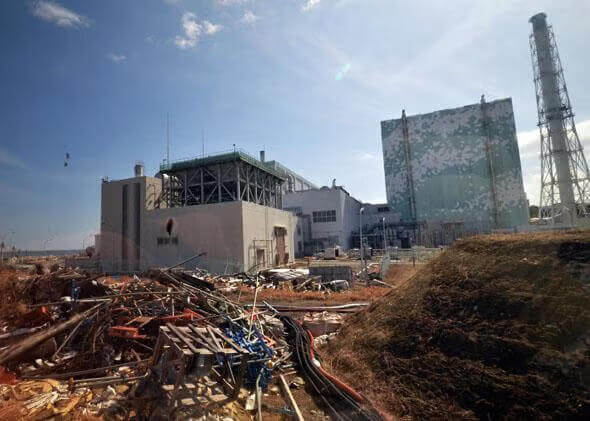Author Jeremiah Josey
Let’s recap one of the greatest industrial public relations flops of all time: the Fukushima incident. As a testament to Fission’s inherent safety, no one died from the full meltdown of Unit 1, nor from the partial meltdowns of Units 2 and 3. Unit 4 was already offline for cleaning at the time. Units 5 and 6 remained undamaged and continuing to produce electricity for three more years until public fear and pressure forced TEPCO to shut them down as well – for no technical reasons. While two unfortunate workers did die, it was due to an explosion and drowning, and not radiation exposure.
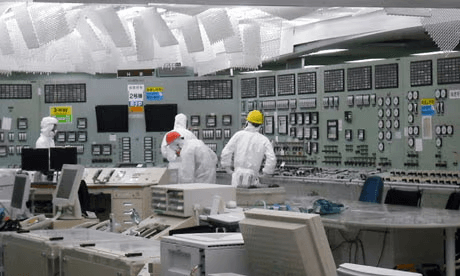
In stark contrast, over 2,300 people died directly from the panicked evacuation of areas where no discernible or dangerous increase in radiation levels was found. Even today, visitors to the area are required to dress more cautiously than they would for the COVID virus – a documented even less risky set of circumstances. It’s also worth noting that three other nuclear power stations in the region were affected by the same tsunami that hit Fukushima, yet all successfully shut down automatically when the earthquake struck and can restart without issue.

Reports indicate that “the primary contamination spread northwest from the plant, with soil samples showing levels of caesium-137 exceeding 3 MBq/m² in some areas up to 35 km away from the reactor.”
This contamination led to evacuations of approximately 15,000 residents in affected areas—scary stuff indeed.
But what does these scary sounding numbers really mean? Let’s consider bananas and Iran.
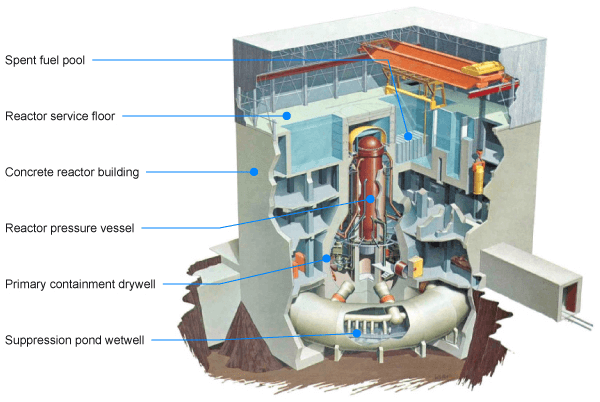
The caesium levels mentioned correspond to an radiation exposure of only about 0.3 mSv per year. In comparison, The Fukushima region has a natural background radiation level of 5 mSv per year. For context, places like Ramsar in Iran experience natural background levels of 260 mSv per year – and is considered a healthy dose by locals there, with reported lower rates of long term chronic illness than the general, non-irradiated population. To put it another way, the “dangerous release” from Fukushima is akin to consuming ten bananas per day. A banana contains high levels of radioactive potassium, which builds your muscles similarly to caesium.

This also means that the death rate from evacuations was over 15%. You had a 1-in-6 chance of being killed by being moved “for your safety,” while facing a zero percent chance of harm from radiation concerns. And no, if you stayed you wouldn’t have received a dosage of any concern.
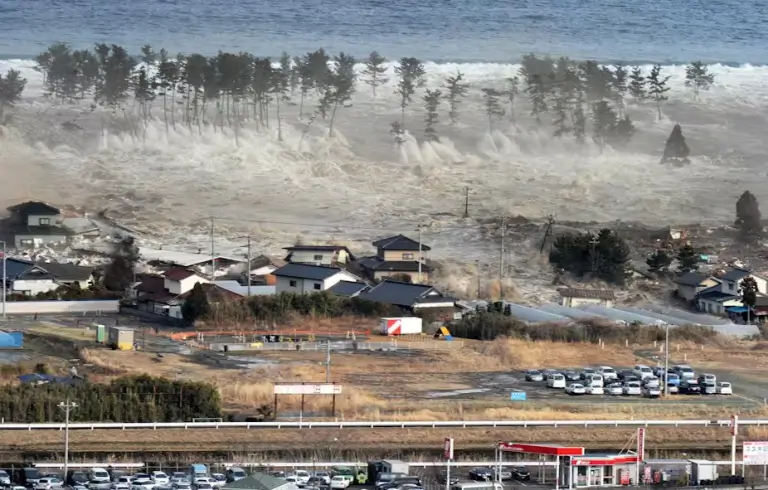
Almost 20,000 people died due to the tsunami itself—a tragic natural disaster. Even more tragic is that more than 10% of those fatalities were attributed to forced, unnecessary evacuations around the Daiichi power station.
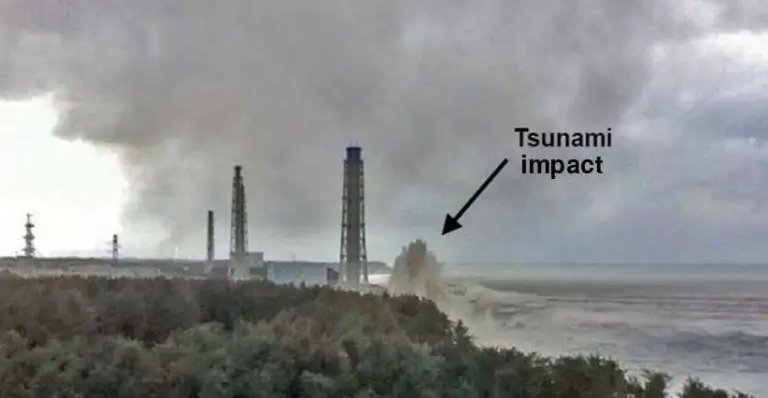
It’s tragic that nuclear fission energy has suffered such a public relations disaster that people are terrified by news reports while slicing up their radioactive banana for breakfast. Presently, about 1 trillion yen (approximately USD 7.3 billion) is being spent on cleaning up Units 1, 2, and 3—not a small sum. But why so much? All in the name of “safety.”

Now lets talk water. Also a non issue – unless your income comes from it.
Lake Barrett—renowned for his role in the Three Mile Island disaster cleanup and currently employed for public relations purposes by TEPCO—famously stated during an interview with Mike O’Brien on August 16, 2023: “Now, it depends on how low is low [radiation in water released from the plant]. To be drinkable, it’s going to be many decades—100 years or so. But that’s not really plausible at this stage.”
The World Health Organisation’s limit for radiation in drinking water is set at 10,000 Bq per litre; TEPCO’s discharge limit is only 299 Bq/litre. Even Japanese Prime Minister Fumio Kishida and other officials have publicly consumed this water.
So why did Lake misrepresent the water issue so badly? Employed by the very company to overt the public relations debacle happening around him. Was it for his own benefit? Perhaps. His income from TEPCO is estimated to be around USD 600k per year. Thus if there’s no radiation problem, there’s no income. And that is the heart of the issue: individuals within the nuclear safety industry often amplify fear and misconceptions to maintain their livelihoods.
The Fukushima Daiichi incident starkly illustrates how decades of fear-mongering against nuclear fission energy culminated in a human disaster. It wasn’t a technical one. This was not an unprecedented failure of technology but rather a “normal” unfortunate industrial accident—one among many that must occur in humanity’s relentless pursuit of knowledge and progress. We only learn from our mistakes. The real tragedy lies not in exaggerated radiation levels but in panic-driven decisions that resulted in over 2,300 deaths from evacuation—deaths that were entirely preventable.
As we reflect on Fukushima Daiichi, it is crucial to recognize that misinformation and fear often pose greater dangers than the technologies themselves. Moving forward, we must foster a more rational and informed dialogue about nuclear energy—acknowledging its potential while addressing genuine safety concerns. Only by doing so can we ensure that lessons learned from Fukushima Daiichi lead us toward a more balanced understanding of risk and safety in our quest for energy solutions.
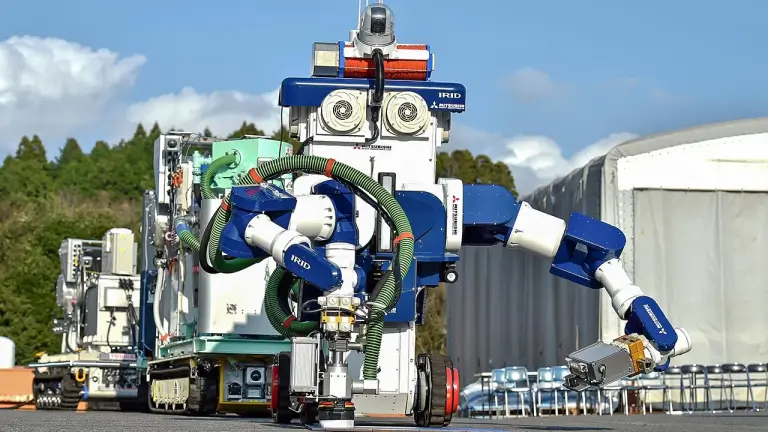
Post Piece: Strategies to Avoid Fukushima-Type Response Failures
- Adopt a decentralised emergency response approach that empowers local authorities and allows for tailored, quick reactions to local conditions.
- Establish reliable communication systems that provide real-time data on plant conditions and environmental monitoring to help decision-makers assess risks accurately.
- Conduct frequent joint training exercises involving all stakeholders—nuclear plant operators, local emergency services, and government officials—to ensure coordinated responses.
- Create flexible evacuation plans that can be adjusted based on real-time data about radiation levels and wind directions, with pre-determined safe zones that can be activated quickly.
- Invest in resilient infrastructure capable of withstanding natural disasters, including backup power systems for nuclear plants that remain operational even during extensive outages.
- Implement educational programs to inform the public about nuclear safety, radiation risks, and emergency procedures to reduce fear and misinformation.
- Convene independent review committees after any significant incident to analyse response effectiveness and identify areas for improvement—fostering continuous learning.
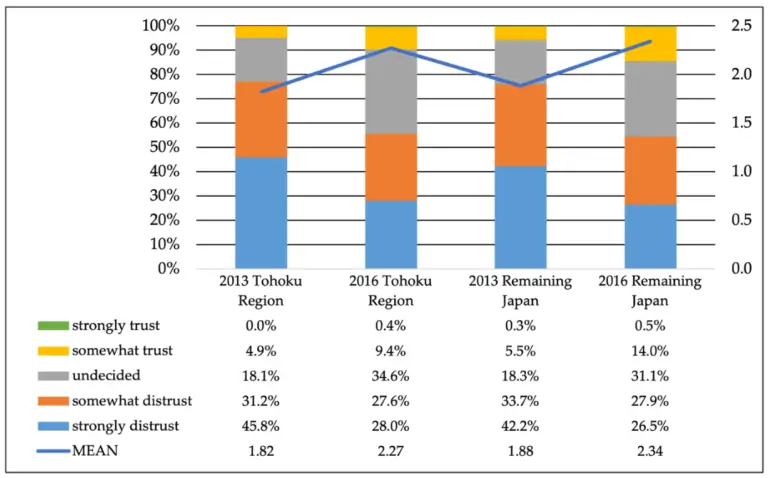
By incorporating these strategies into emergency response planning, nuclear facilities—and indeed any industrial facility—can enhance their preparedness and minimise potential Fukushima-type response failures in the future.
These recommendations emphasise decentralisation, communication, training, flexibility, infrastructure resilience, public education, and continuous improvement—all crucial elements in developing a comprehensive and effective emergency response framework.
References
[1] https://www.rand.org/pubs/research_reports/RR857.html
[2] https://world-nuclear.org/information-library/safety-and-security/safety-of-plants/fukushima-daiichi-accident
[3] https://www.ncbi.nlm.nih.gov/pmc/articles/PMC5707945/
[4] https://www.ncbi.nlm.nih.gov/pmc/articles/PMC7843374/
[5] https://www.mdpi.com/2071-1050/14/13/7896
[6] https://www.sciencedirect.com/science/article/pii/S2211467X23001189
[7] https://www.sciencedirect.com/science/article/abs/pii/S0301421512006453
[8] https://www.pnas.org/doi/full/10.1073/pnas.1313825110
See more of such information on our LinkTree: Linktr.ee/TheThoriumNetwork
Subscribe to our newsletter Newsletter Sign up and stay updated with our activities.
#LiquidFission #GotThorium #Fission4All #RadiationIsGood4U
